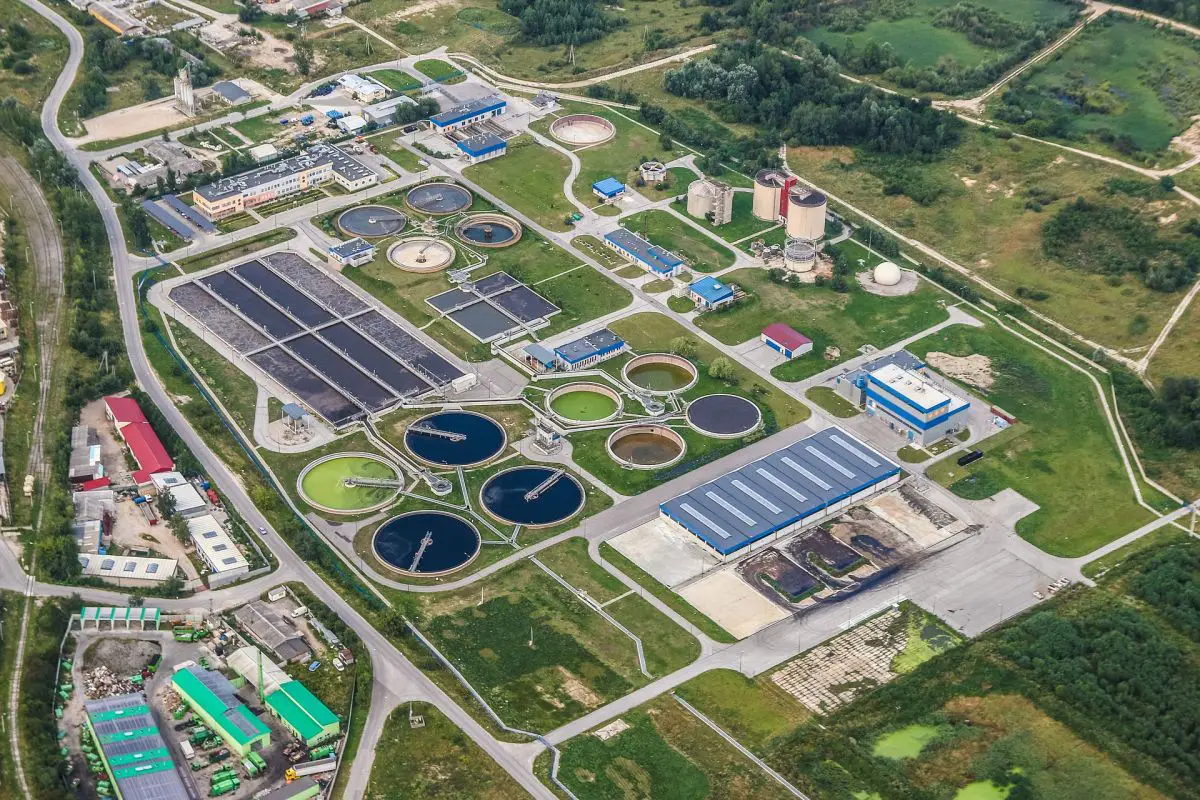Editor Note: This post was also published in 2012 and is the third most-read environmental post on ThumbWind. Microplastic in the Great Lakes development is disheartening development, but so evident with plastic debris commonly washing up on our beach. This is a featured article in the Our Water, Our Life Series. We updated the article with some recent developments.
The next time you brush your teeth or wash your face, you may be contributing to adding plastic into the Great Lakes. The New York Times reports that microplastics are now identified as a serious threat to the Great Lakes ecosystem. There is no way to stop the plastic contamination from products with microplastics from entering the watershed.
The Great Lakes are now a Plastic Soup

A 2012 study was conducted by the 5 Gyres Institute headed by Dr. Sherri Mason SUNY College at Fredonia, New York. Water samples in July 2012 were taken in the Lakes Superior, Huron, Erie, and Ontario and showed an average abundance was approximately 43,000 microplastic particles/km2. One sample taken downstream from two major cities in Lake Erie contained over 466,000 particles/km2, greater than all other sample areas combined. Samples taken in Lake Huron just north of Port Austin, Michigan, showed a microplastic contamination range between 10,000 and 20,000 microplastic particles/km2. This was the first study to analyze the impact of plastic contamination of the Great Lakes. The surprise is that concentrations of plastic contamination exceed data collected in the Great Pacific Garbage Patch.
Detrimental Effect on Humans Unknown but Likely
Scientists are still working through the links of the chain leading back to humans; about 65 million pounds of fish are caught in the Great Lakes each year. Dr. Lorena Rios Mendoza, an assistant professor of chemistry at the University of Wisconsin-Superior, said that the bits of plastic have a great capacity to attract persistent pollutants to their surface. “Plastics are not just acting as mimic food, but they can also cause physical damage to the organism,” she said. She has examined fish guts and found plastic fibers — possibly from the breakdown of synthetic fabrics through clothes washing — that are laden with the chemicals and said she expected to find beads as well. The entire food chain in the Great Lakes region appears to be affected.
“Microplastics are really concerning because so many fish or marine species ingest them,” Wallace said. “Especially for human health, it’s something we’re thinking about. If we eat those fish that eat those microplastics, what does that mean?” — Dr. Lorena Rios Mendoza
Rios said the plastic pollution problem might be even worse in the Great Lakes than in the oceans. Her team found that the number of microparticles — which are more harmful to marine life because of their small size — was 24 percent higher in the Great Lakes than in samples they collected in the Southern Atlantic Ocean.
Microplastics Cause PFAS To Enter the Human Food Chain
PFAS are human-made substances used in many household products such as non-stick cookware, pizza boxes, and as a stain repellent on fabric. Ingestion and exposure to PFAS can have health consequences. These include an increased risk of cancer, decreasing fertility, and impacting growth and learning in infants and children. A recent study funded by Illinois-Indiana Sea Grant in 2020 has found that PFAS can stick to microplastic bits in the water, increasing the likelihood that they will end up in the food web.
Scientists found the microplastic/PFAS contamination in samples taken from Muskegon Lake’s waters, which sits adjacent to Lake Michigan along the Michigan coast. PFAS contamination was found near Oscoda on the Upper Saginaw Bay. Oscoda was the site of a former Air Force base.
Waste Treatment Plants Fall Short Treating for Microplastics

While many of the beads appear to enter the environment when storms cause many wastewater treatment plants to release raw sewage, it is increasingly clear that the beads and microfibers slip through the processing plants as well, Dr. Mason said at a sewage treatment plant in North East, a town near Erie.
Studies are currently underway to assess the effectiveness of waste treatment plants in the Great Lakes region. Dr. Mason and several students are looking at the presence of these plastics and synthetic materials passing through wastewater treatment plants. This would cover water that was flushed down toilets and passed through household drains. Currently, Mason’s study is focused on treatment plants in upstate New York.
Products to Avoid Containing Microplastics

Facial and body scrubs are the largest contributor to microplastic contamination. In a study conducted by 5 Gyres, a single tube of facial cleanser contained over 350,000 plastic particles. Microplastic particles and microbeads can be found in facial scrubs, shampoos & soaps, toothpaste, eyeliners, lip gloss, deodorant, and sunblock sticks. These microparticles are made of Polyethylene (PE), Polypropylene (PP), Polyethylene Terephthalate (PET), Polymethyl methacrylate (PMMA), and Nylon. PE and PP are the most common.
According to a thorough review of scientific evidence issued by the European Union’s Scientific Advice Mechanism in 2019, microplastics are now present in every part of the environment. Some companies have promised a voluntary phase-out of plastic beads. Others have made no commitments.
What may be a bigger factor is our clothing. Fibers fall off our clothing every time we launder them. These microfibers get past waste treatment and into our water system. The worse garment for microplastic contamination is a fleece coat.
Measurement is Key to Managing the Microplastics Problem
One company, Sofar, is looking to mitigate climate change by looking to measure the effects of climate change (i.e., long-term changes to temperature and typical weather), which is accelerating at an alarming pace its consequences are hard to ignore. Sofar is looking to help mitigate climate change effects by making measurement data more affordable and shareable. Hopefully, the company can bring its data collection methods and processes to the Great Lakes to assist in monitoring and managing microplastics pollution and the effects of climate change.
Citations and Sources for Microplastic Pollution
- New York Times Scientists Turn Their Gaze Toward Tiny Threats to Great Lakes, December 14, 2013. By John Schwartz
- Polluting plastic particles invade the Great Lakes, Reported by American Chemical Society, April 8, 2013, By Lorena M. Rios Mendoza, Ph.D
- Microplastics in consumer products and in the marine environment, Position Paper – 2013, 5 Gyres Institute, Plastic Soup Foundation, Surfrider Foundation, Plastic Free Seas, Clean Seas Coalition
Related Articles On Microplastics
- Microplastics in Drinking Water and Beer
- US Coast Guard for the Great Lakes
- Lake Effect Snow – How Does it Happen
- A Fortnight in the Wilderness by Alexis De Tocqueville






Reblogged this on Ufohunterorguk.com.
Do you have a photo credit for the picture contained under the heading, “Waste Treatment Plants Fall Short”? I’d like to use it for a school project. If not, where did you get it? -Thanks
The picture of the micro beads was obtained on the within one of the cited sources. If you do a search you may find the souce. Thanks for stopping by.
Reblogged this on Be a Seed for Change.